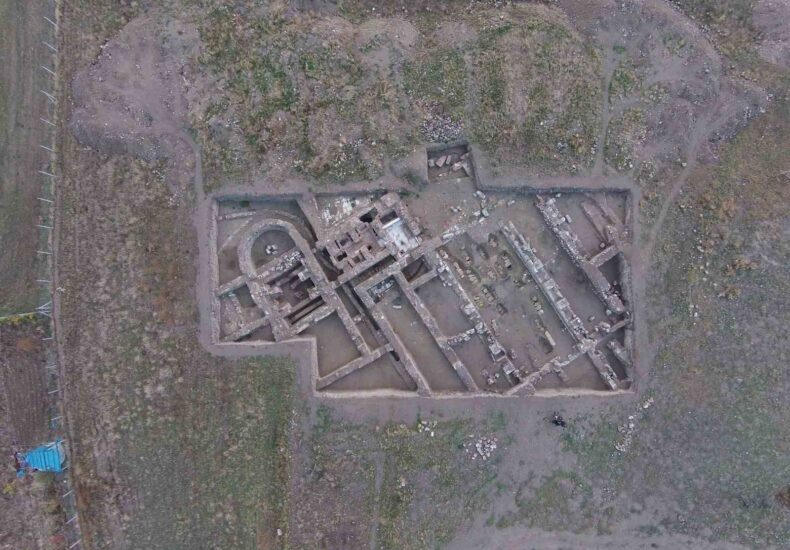
“The Ephesus of Central Anatolia”: Ancient Roman Bath in Türkiye Unearthed Again After Years of Silence
A long-forgotten Roman-era bath complex has resurfaced in public attention, thanks to a recent cultural tour organized by the Kırşehir City Council. Dubbed the “Ephesus of Central Anatolia,” the ancient site near the village of Büyükteflek in Kırşehir’s Çiçekdağı district continues to reveal its secrets beneath the soil.
The archaeological site, located in the Kale area, was severely damaged by illegal treasure hunters in 2011 and 2012. However, thanks to a timely report by then-village head Eyüp Baran, emergency excavations were launched. Between 2012 and 2014, archaeologists from the Kırşehir Museum uncovered a well-preserved Roman bath complex dating back to the 2nd century AD.
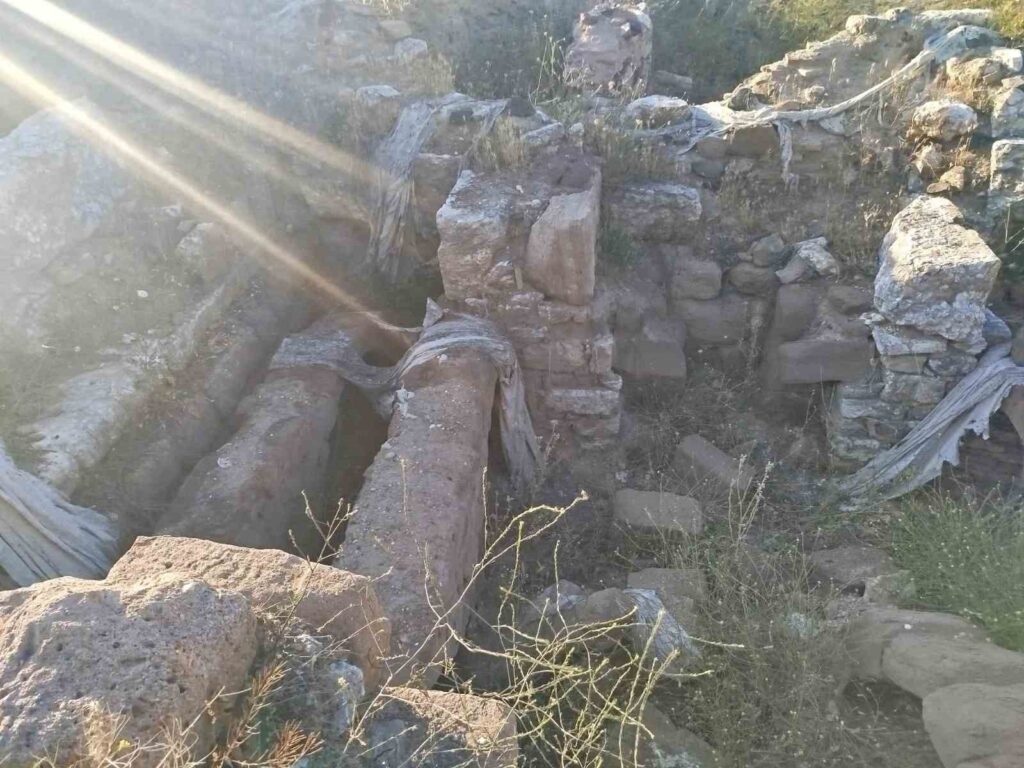
The complex featured classic Roman bath components such as a palestra (exercise yard), caldarium (hot room), tepidarium (warm room), frigidarium (cold room), and a furnace area known as the hypocaust. Interestingly, parts of the structure were later repurposed as a church and cemetery during the 4th and 5th centuries AD, showcasing the site’s continuous use and historical evolution.
Alongside the architectural remains, artifacts including large storage jars (pithoi), oil lamps, perfume bottles, terracotta vessels, and even ancient athletic equipment were discovered—providing a vivid glimpse into the social and cultural life of the time.
📣 Our WhatsApp channel is now LIVE! Stay up-to-date with the latest news and updates, just click here to follow us on WhatsApp and never miss a thing!!
Although a significant portion of the ancient city remains buried, experts believe the site holds immense potential for both archaeological discovery and cultural tourism. Authorities are calling for greater preservation efforts and sustainable tourism development to protect and share this hidden gem with the world.
As interest in ancient Anatolian civilizations grows, this rediscovered Roman bath may soon become a key stop for history enthusiasts and travelers exploring the heart of Türkiye.
You may also like
- A 1700-year-old statue of Pan unearthed during the excavations at Polyeuktos in İstanbul
- The granary was found in the ancient city of Sebaste, founded by the first Roman emperor Augustus
- Donalar Kale Kapı Rock Tomb or Donalar Rock Tomb
- Theater emerges as works continue in ancient city of Perinthos
- Urartian King Argishti’s bronze shield revealed the name of an unknown country
- The religious center of Lycia, the ancient city of Letoon
- Who were the Luwians?
- A new study brings a fresh perspective on the Anatolian origin of the Indo-European languages
- Perhaps the oldest thermal treatment center in the world, which has been in continuous use for 2000 years -Basilica Therma Roman Bath or King’s Daughter-
- The largest synagogue of the ancient world, located in the ancient city of Sardis, is being restored

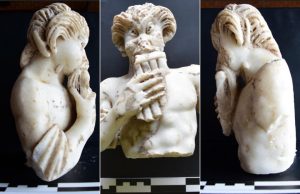
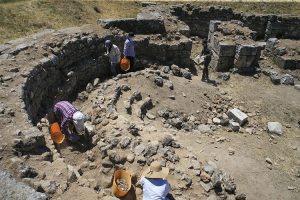
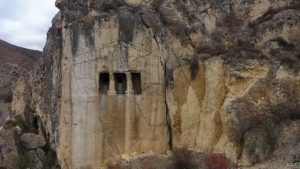
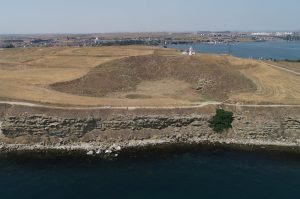
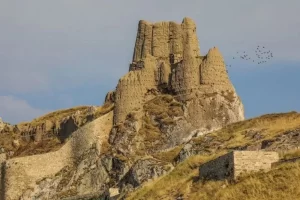
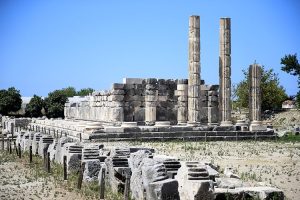
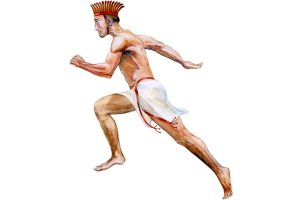

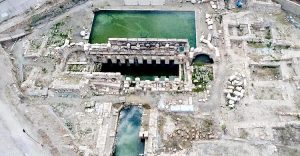
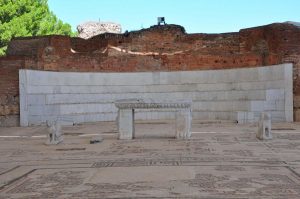
Leave a Reply